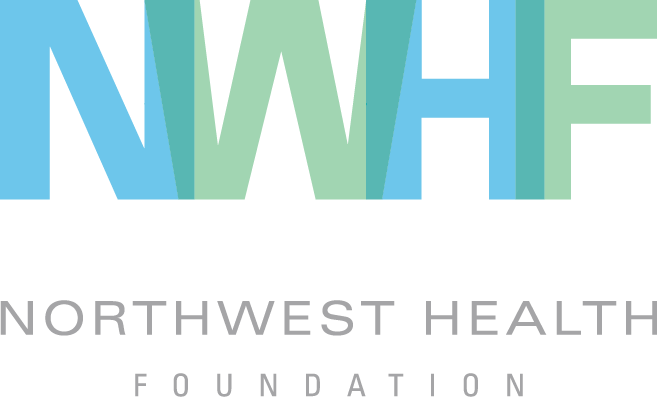Community Solutions Action Plan Self-Assessment Tool
/For those who have already created Community Solutions Action Plans (CSAPs), The Campaign for Grade-Level Reading has created an online self-assessment tool that allows you to review the six aspects of your CSAP.
For those who have not, learn more here...

